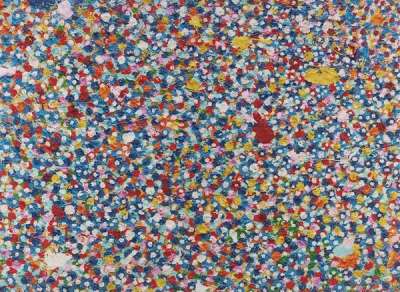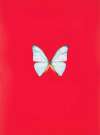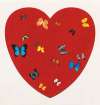H4
Veils
Damien Hirst’s eight H4 Veils prints, released in 2008 and 2018 as editions of 75, bear the Pointillist-inspired marks of the thick impasto used in the 2017 originals. Hirst explains his concept cryptically: 'a veil is […] solid yet invisible and reveals and yet obscures the truth.'
Damien Hirst H4 Veils for sale
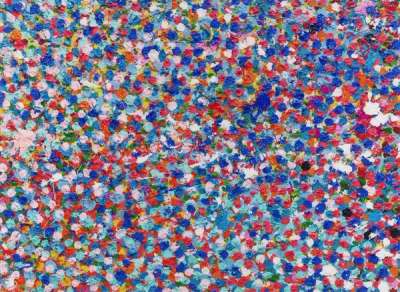
£6,000-£9,000Value Indicator
$11,500-$17,000 Value Indicator
$10,500-$15,000 Value Indicator
¥50,000-¥80,000 Value Indicator
€7,000-€10,500 Value Indicator
$60,000-$90,000 Value Indicator
¥1,150,000-¥1,720,000 Value Indicator
$7,500-$11,500 Value Indicator
TradingFloor
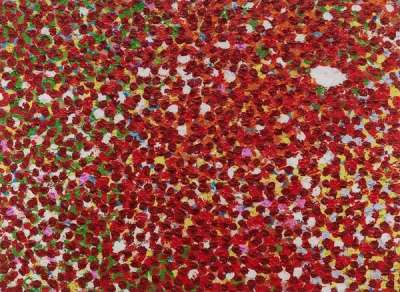
£8,000-£12,500Value Indicator
$15,000-$24,000 Value Indicator
$13,500-$21,000 Value Indicator
¥70,000-¥110,000 Value Indicator
€9,500-€14,500 Value Indicator
$80,000-$120,000 Value Indicator
¥1,530,000-¥2,390,000 Value Indicator
$10,000-$16,000 Value Indicator
TradingFloor
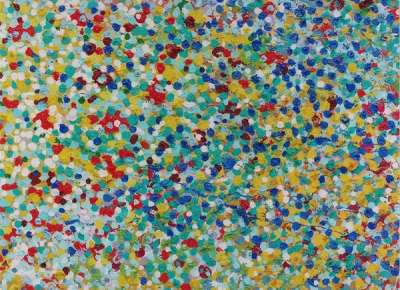
£6,500-£9,500Value Indicator
$12,500-$18,000 Value Indicator
$11,000-$16,000 Value Indicator
¥60,000-¥90,000 Value Indicator
€7,500-€11,000 Value Indicator
$60,000-$90,000 Value Indicator
¥1,240,000-¥1,810,000 Value Indicator
$8,000-$12,000 Value Indicator
TradingFloor
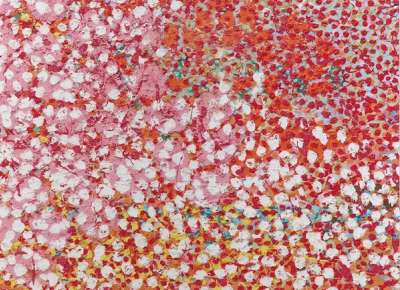
£11,500-£17,000Value Indicator
$22,000-$35,000 Value Indicator
$20,000-$29,000 Value Indicator
¥100,000-¥150,000 Value Indicator
€13,500-€20,000 Value Indicator
$110,000-$170,000 Value Indicator
¥2,200,000-¥3,250,000 Value Indicator
$14,500-$21,000 Value Indicator
TradingFloor

£5,500-£8,000Value Indicator
$10,500-$15,000 Value Indicator
$9,500-$13,500 Value Indicator
¥50,000-¥70,000 Value Indicator
€6,500-€9,500 Value Indicator
$50,000-$80,000 Value Indicator
¥1,050,000-¥1,530,000 Value Indicator
$7,000-$10,000 Value Indicator
TradingFloor
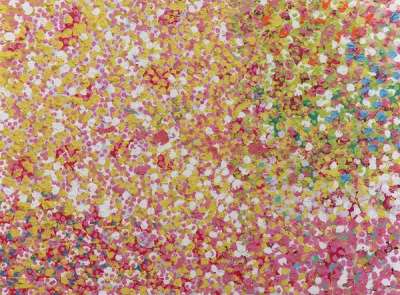
£12,000-£18,000Value Indicator
$23,000-$35,000 Value Indicator
$21,000-$30,000 Value Indicator
¥110,000-¥160,000 Value Indicator
€14,000-€21,000 Value Indicator
$120,000-$180,000 Value Indicator
¥2,290,000-¥3,440,000 Value Indicator
$15,000-$23,000 Value Indicator
TradingFloor

£12,500-£19,000Value Indicator
$24,000-$35,000 Value Indicator
$21,000-$35,000 Value Indicator
¥110,000-¥170,000 Value Indicator
€14,500-€22,000 Value Indicator
$120,000-$190,000 Value Indicator
¥2,390,000-¥3,630,000 Value Indicator
$16,000-$24,000 Value Indicator
TradingFloor
Sell Your Art
with Us
with Us
Join Our Network of Collectors. Buy, Sell and Track Demand
Meaning & Analysis
Produced in 2018 as a series of 4 prints, Damien Hirst’s H4 Veils series are some of his most acclaimed, demonstrating his skill as a painter. Produced in 2018, the series debuted at the Gagosian Gallery in Beverly Hills and was received with great praise and critical acclaim. The prints in the series are all clearly influenced by Impressionism and Abstract Expressionism and showcase the artist’s talent as a painter, as well as a creator of bold and daring installations and sculptures.
The prints in the Veil series show layers of paint, with thick brushstrokes and dabs of heavy impasto. The texture in the artworks demystifies the works and enables the viewer to see the various stages of their composition, which subtly hints to the time and labour that went into making them.
The works in this series are all inspired by the concept of a curtain and what it might signify. Discussing the concept for the series, Hirst explains, 'a veil is a barrier, a curtain between two things, something that you can look at and pass through, it’s solid yet invisible and reveals and yet obscures the truth, the thing that we are searching for.' The series can be viewed alongside Hirst’s Visual Candy paintings which he made in 1993. In a similar manner to the Veil series, in the Visual Candy paintings, Hirst uses a variety of bold and vibrant coloured paints which he layered on top of each other in abstract patterns, often involving dots and circles.
The use of spots within the composition reflects the influence of the Pointillist movement on Hirst’s artistic style. Georges Seurat and Paul Signac developed the Pointillism technique in 1886 which involves making a painting out of small, distinct dots. In the Veil series, Hirst was clearly inspired by artists such as Georges Seurat, as well as the post-Impressionist paintings of Pierre Bonnard. Hirst often incorporates circles and dots into his artworks and these artistic influences also shine through in Hirst’s iconic Spot series, in which he employs a similar technique of creating compositions out of spots.
Hirst’s use of colour in the Veil series reflects how the artist was deeply interested in the effect colour can have on the eye. Hirst is known for his experimentation with colour and his love for incorporating bold and vibrant colours into his artworks. In contrast to the Spot Paintings and the Medicine Cabinet series, in which Hirst took a regimented and precise approach to the use of colour, in the Veil series, colour is expressed freely, with different coloured spots overlapping each other.
